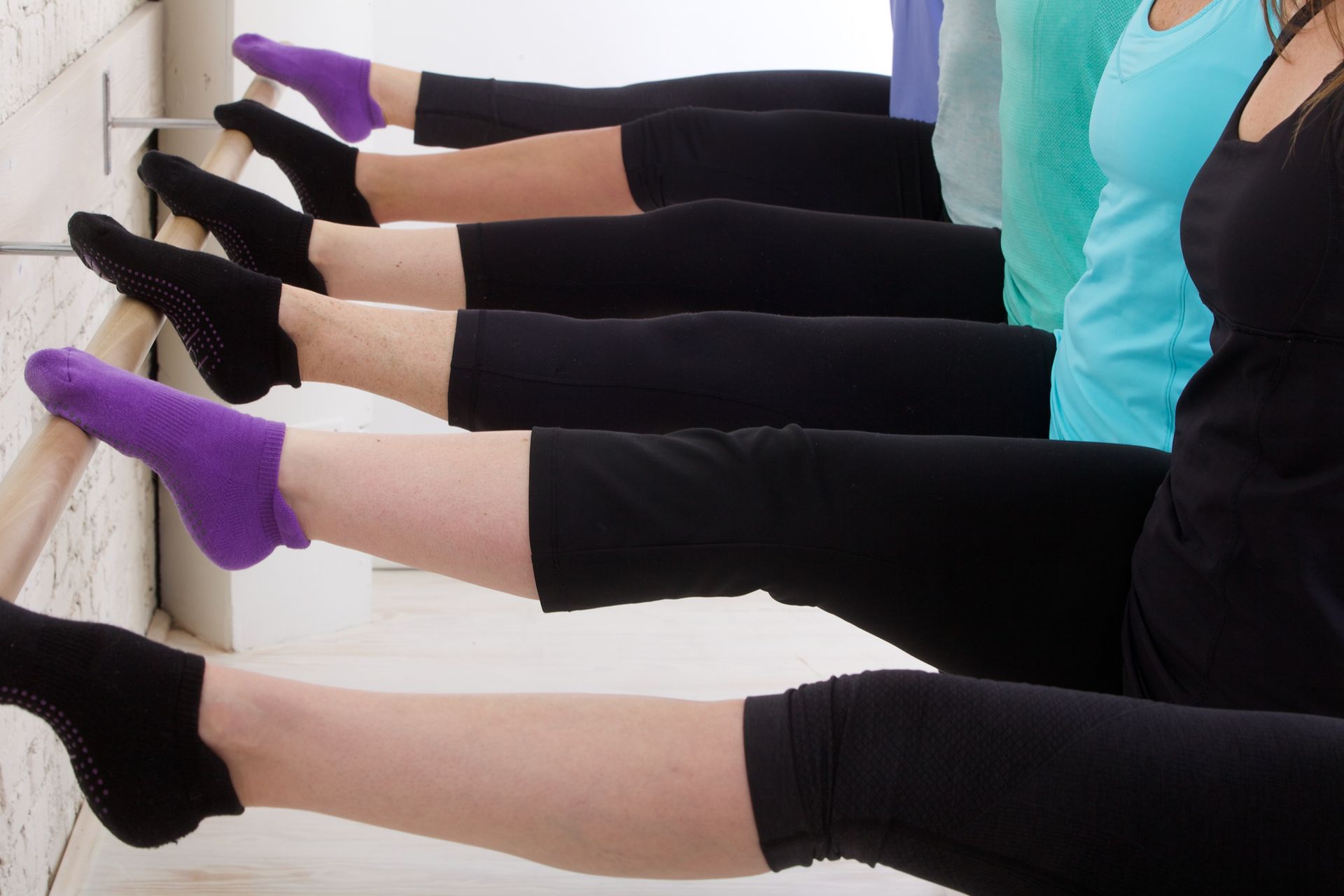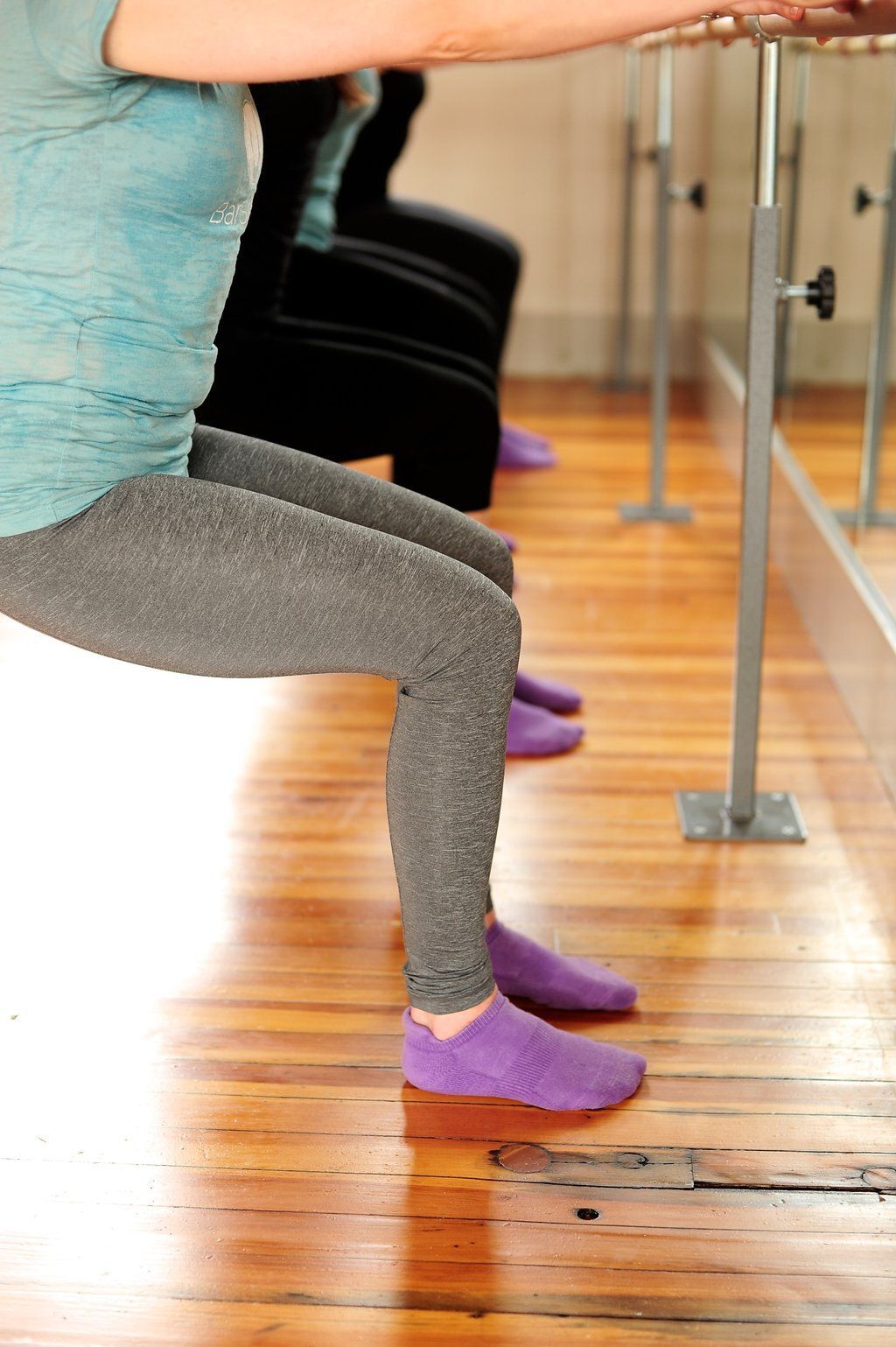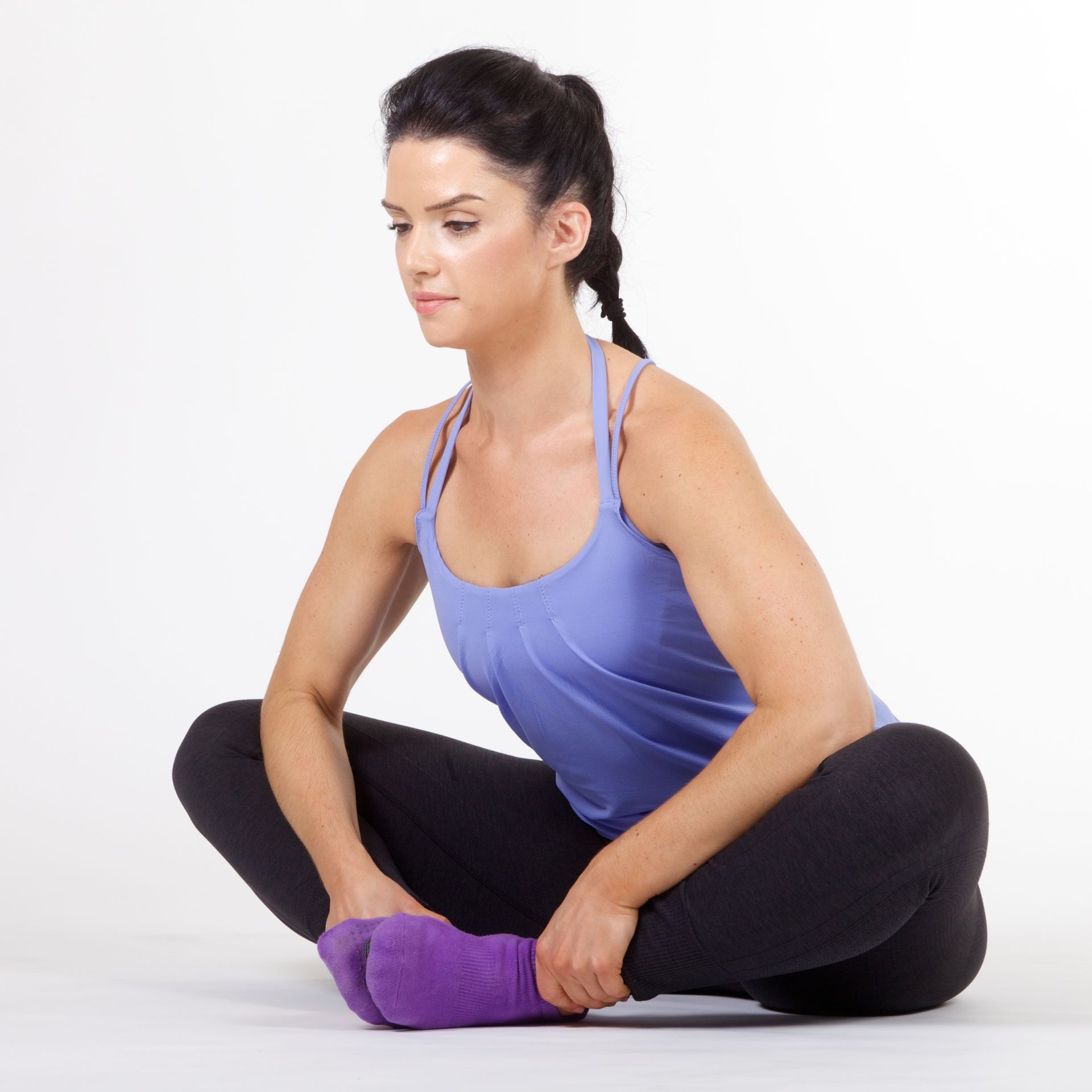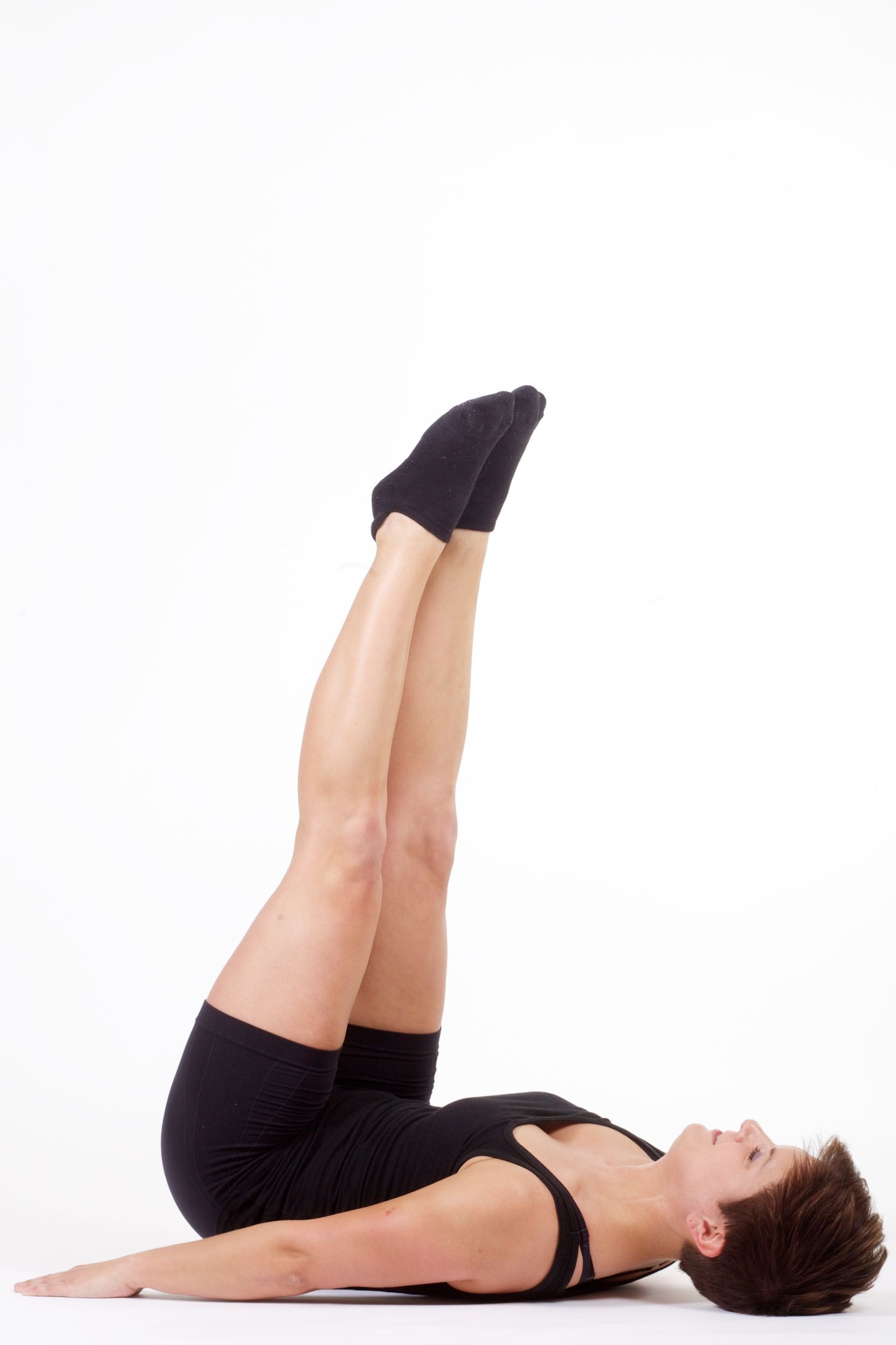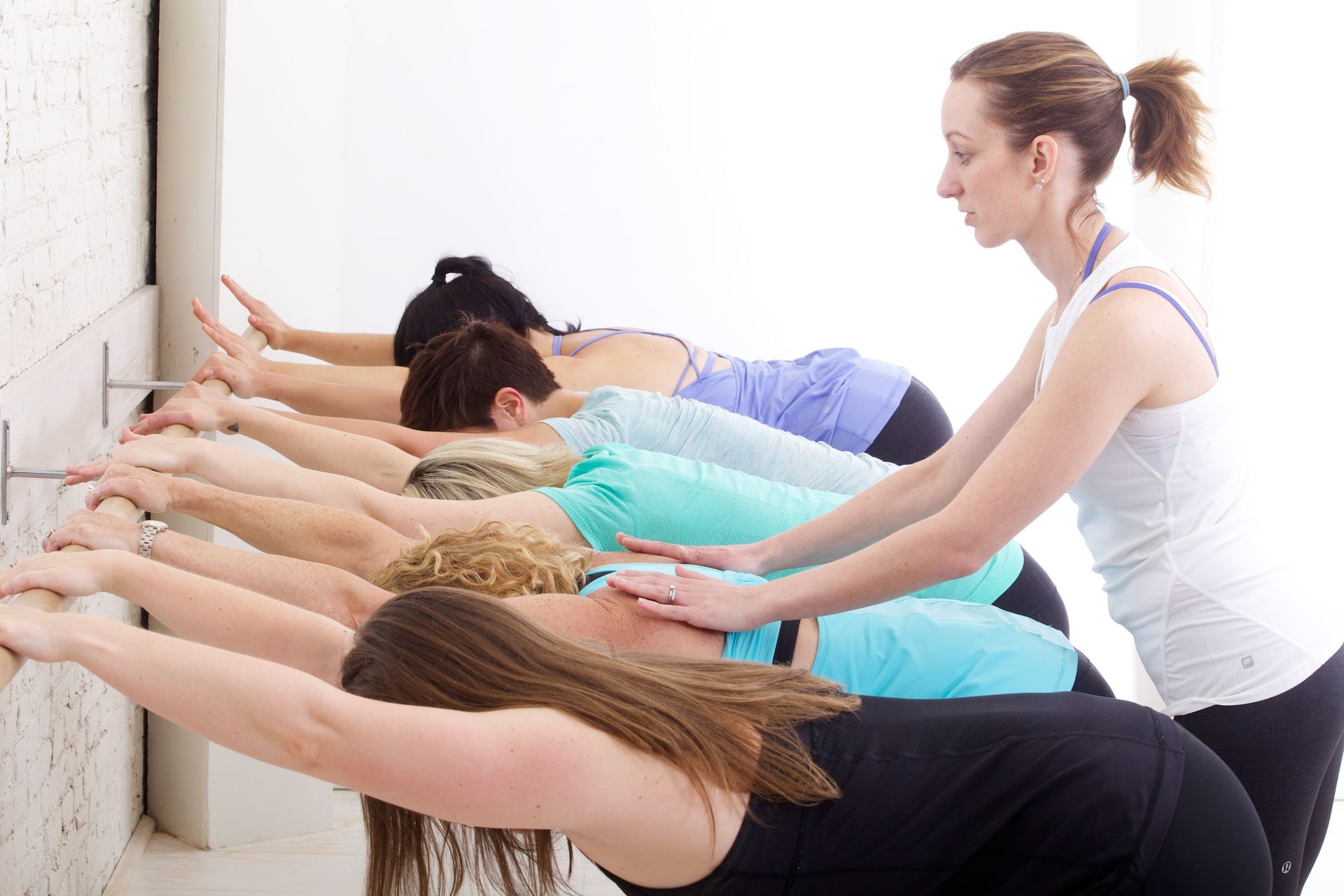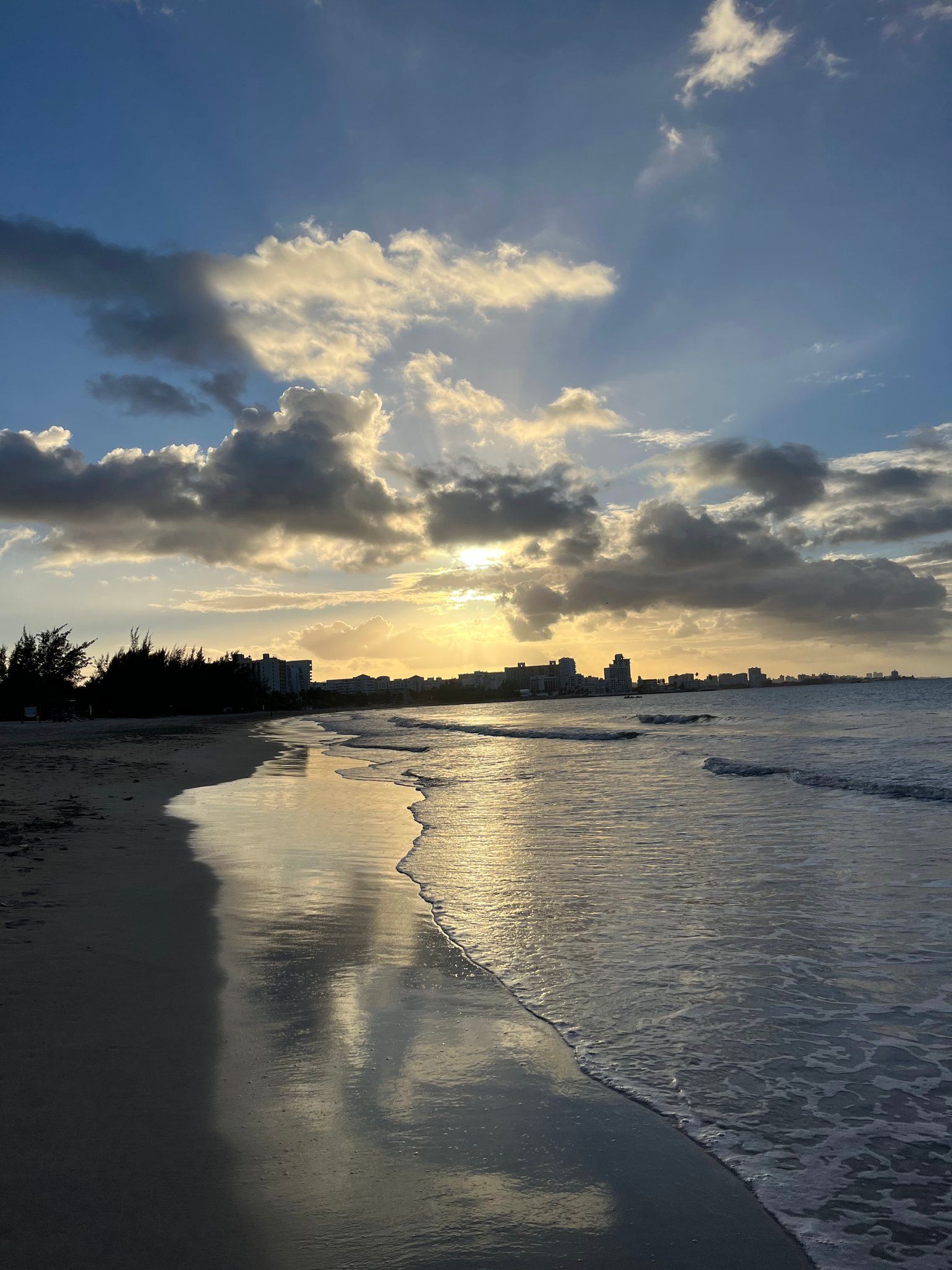Setting up your home workout space!
Building success with the right set up!
I’ve been teaching movement for over 25 years, and if there’s one thing I’ve learned, it’s that your workout space can make or break your consistency. A dedicated home workout station doesn’t need to be fancy, but it should be functional, inviting, and adaptable. Whether you’re rolling out a mat in your living room or setting up a full studio space, the goal is to create an environment that supports your fitness journey.
Step 1: Choose Your Space
Your workout area doesn’t have to be large, but it should be intentional. Consider the type of workouts you enjoy—Pilates, barre, strength training, HIIT—and find a space that suits those movements.
- Small Spaces: A corner of a living room or bedroom works well for mat-based workouts like Pilates or yoga.
- Dedicated Spaces: If you have a spare room or basement area, consider making it your full-time home gym.
- Multipurpose Spaces: If you share a space, choose an area where you can easily store equipment when not in use.
Natural light and good ventilation are ideal, but if they aren’t available, proper lighting and a fan can help create a more welcoming environment.
While traveling in Puerto Rico, I was able to secure a wall-mounted barre, but it is located in the open-plan living space of both the living room and kitchen. Each day before I teach, I have to move a chair, cover the harsh lighting of a sliding door, and set up the camera at an angle where I can be seen standing and lying down outstretched—this mainly means positioning it at a slight diagonal. If you're setting up a space for live online classes, consider your camera angle. A side view is best for instructors to see your form clearly.
Step 2: Gather Essential Equipment
Your equipment needs depend on your workout style, but here are some basics for different types of training:
Bodyweight & Mat-Based Workouts
- Yoga or Pilates mat
- Yoga blocks or small pillows for support
- Resistance bands for added challenge
- A towel for extra cushioning or modifications
Strength Training & Sculpt Workouts
- Dumbbells (light, medium, and heavy, based on your fitness level)
- Kettlebell (optional for dynamic movements)
- Resistance bands with handles
- A sturdy chair or bench for seated exercises
Cardio & High-Intensity Workouts
- Jump rope for a simple cardio boost
- Plyometric box or step platform (optional)
- Space to move freely for jumping jacks, lunges, or burpees
Barre & Reformer-Style Workouts
- A sturdy chair, countertop, or portable barre
- A small Pilates ball for core and stability work
- Light hand weights (1–3 lbs) for endurance training
- Sliders or towels for smooth movement on hardwood floors
Step 3: Organize Your Equipment
Keeping your space clutter-free will make it more inviting and easier to use. Here are some simple storage solutions:
- Wall Hooks & Racks: Perfect for hanging resistance bands, jump ropes, and yoga mats.
- Storage Bins or Baskets: Great for small items like dumbbells, sliders, and towels.
- A Small Shelf or Rolling Cart: Keeps equipment organized and easy to access.
- Foldable or Compact Equipment: If space is limited, opt for collapsible yoga mats, stackable dumbbells, and resistance bands over bulkier machines.
Step 4: Set the Mood
Your environment plays a huge role in motivation. Consider these elements:
- Lighting: Soft, natural lighting is ideal, but if that’s not an option, invest in warm LED bulbs or adjustable lighting.
- Music or Sound: Create a playlist that energizes or calms you, depending on your workout.
- Mirrors: A full-length mirror can help with alignment and form.
- Aromatherapy: A diffuser with essential oils like peppermint or lavender can enhance focus and relaxation.
- A Dedicated Water Bottle & Towel: Keep hydration and sweat management within reach.
Step 5: Establish a Routine
A well-set-up space is only effective if you use it consistently. Set a schedule that works for you, and create habits to make working out feel second nature.
- Set a Specific Time: Choose morning, lunch break, or evening—whatever aligns best with your lifestyle.
- Keep It Visible: If possible, leave your workout space set up or have a visual reminder (like your mat rolled out or a sticky note) to cue your workout.
- Use a Tracking System: Whether it’s a calendar, fitness app, or journal, tracking your workouts can boost motivation.
- Find a Virtual Community: If you’re motivated by group energy, consider virtual classes or online accountability partners.
Step 6: Modify and Adapt as Needed
Your workout space should evolve with your fitness journey. As you grow stronger or shift focus, adjust your setup:
- Upgrade weights or resistance bands as you build strength.
- Adjust storage solutions if your equipment collection expands.
- Refresh your space with new music, scents, or decor to keep it feeling fresh and inviting.
Final Thoughts
I know from experience that a well-planned workout space can be the difference between showing up or skipping it. Whether you're moving furniture around before every class like I did in Puerto Rico or carving out a permanent workout corner, the key is to create a setup that makes exercise easier and more enjoyable. A little effort in organizing your space will pay off in motivation, consistency, and ultimately, results.
Now, roll out your mat, grab your weights, and enjoy the benefits of moving right from the comfort of home!
